[Feature] Time running out for large rescued dogs
With international travel halted by pandemic, backlog of dogs awaiting foreign adoption grows
By Park YunaPublished : Sept. 21, 2020 - 18:12
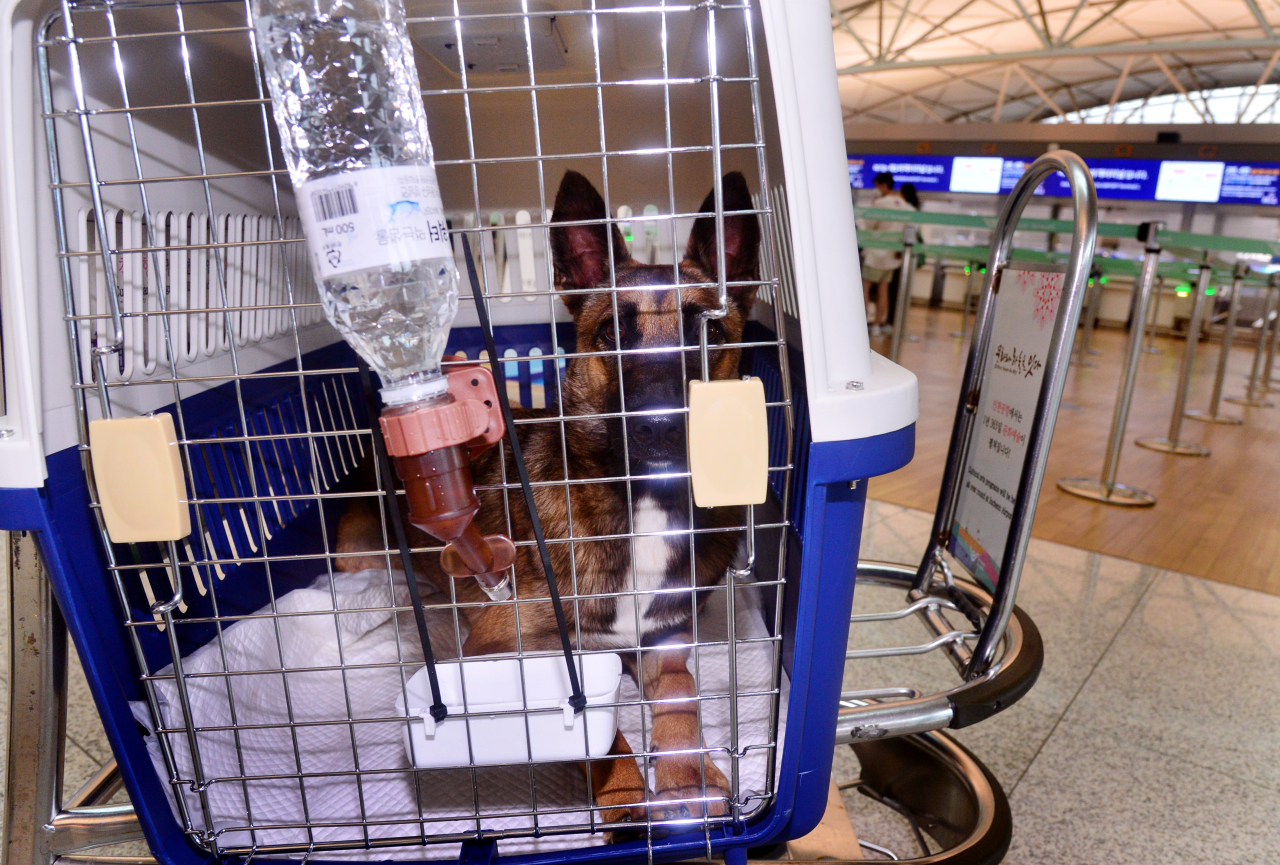
Bambi, a 2-year-old Belgian Malinois, was rescued last winter from an abusive owner who starved her. An animal rescue organization saw to her recovery, and last Tuesday Bambi was put on a flight to meet her new family in the US.
Bambi, who at 16 kilograms is considered a large dog in South Korea, would have been hard to place domestically in a country where apartments are the predominant form of housing. Large dogs are often sent overseas to countries where they are more widely accepted as companion dogs.
“In Korea, international adoption is almost the only way to survive for a large dog," said Lee Jung-hwa, an activist from the Korean K9 Rescue -- the rescue organization based in Seoul and New York that found a new home for Bambi.
Animal rescue organizations in Korea send dogs to international rescue organizations -- mostly in the US and Canada -- that will find new families for them in those countries. Another method is to send the dogs directly to their new families -- to people who have submitted adoption applications after seeing the dogs’ photos and reading their stories on the organizations’ social media accounts and websites.
The prolonged COVID-19 pandemic, however, has made it difficult to find new families for large rescued dogs as international travel has virtually ground to a halt since early this year. The dogs are usually escorted by flight volunteers heading for the same destinations. The volunteer then hands over the dog to the local rescue organization or the new family at the airport.
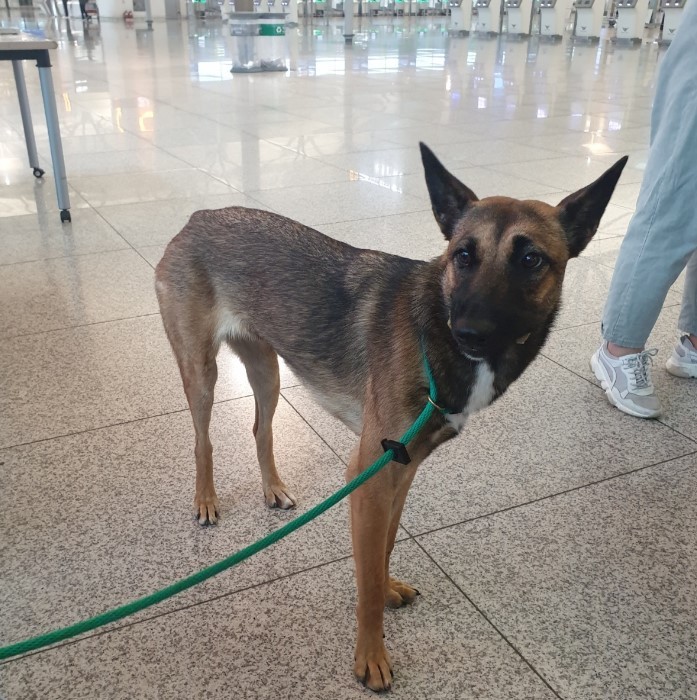
“We couldn’t send the rescued dogs in the first half of this year because we had trouble finding flight buddies,” Ki Mi-yeon, founder of the Yongin Animal Care Association, which has been rescuing dogs for eight years, told The Korea Herald. “We barely managed to ship 16 dogs through air cargo after raising funds.”
When a shelter dog travels with a flight volunteer to North America, the cost is 200,000 won ($172) for dogs weighing less than 32 kilograms and 400,000 won for dogs weighing between 33 and 45 kilograms. Korean Air announced that it was raising these fees by 50 percent starting in October.
Rising air cargo fees are another burden that rescuers face -- sending dogs as cargo is two to three times as expensive as having them travel with flight volunteers. Asiana Airlines has increased these fees nearly 200 percent compared with last year.
Large dogs at risk
As many international flights are suspended due to the pandemic, an increasing number of large dogs are at risk of euthanasia as shelters reach their limit. The growing number of dogs at shelters also impedes rescue groups’ operations.
The Yongin Animal Protection Center -- an animal shelter run by the city government of Yongin, 50 kilometers south of Seoul -- has been overrun with dogs since the pandemic broke out.
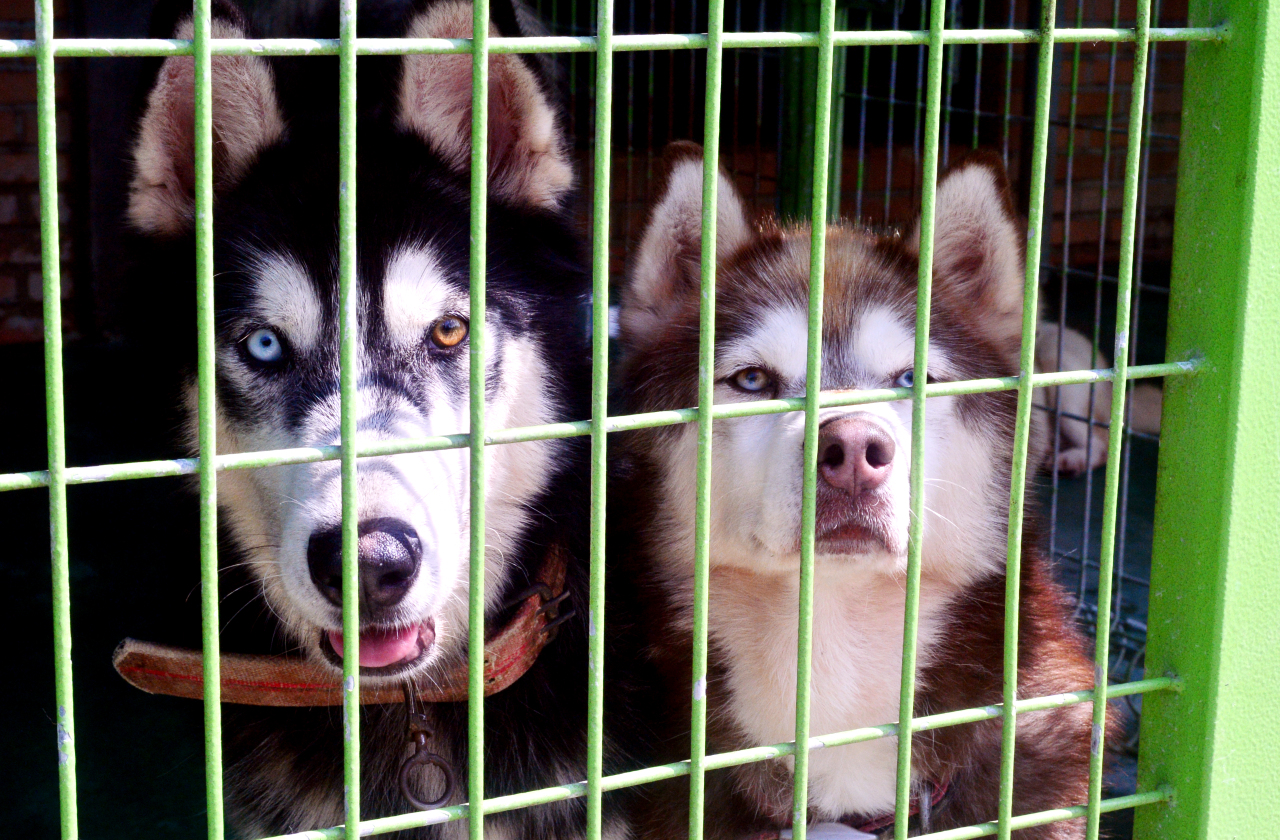
As of early September, 92 of the 220 dogs at the shelter weighed more than 20 kilograms.
“It seems people are reluctant to adopt a dog during the pandemic times, but inquiries about adopting small dogs or puppies still come in,” said Kim Young-jun, who handles large dogs at the center. “But the problem is the large dogs. Many of them are staying longer than usual at the center, like more than a year. We are trying not to euthanize the dogs for as long as we can.”
The city-run center created an outdoor playground for large dogs early this year, but the place was soon turned into accommodations for the increasing number of large dogs.
Under Korea’s animal protection law, city-run shelters become the owners of the dogs they take in after a 10-day notice period when the animals’ pictures are posted on the internet in case they are lost. After that, the centers can make the dogs available for adoption or have them euthanized by a veterinarian.
“In fact, the situation is more problematic in rural areas where there are more large dogs. They are exposed to a higher risk of euthanasia at shelters,” said Ki of the Yongin Animal Care Association.
Twenty-two percent of the 13,579 pets admitted to 284 animal shelters across Korea were euthanized last year, according to the data from the government’s Animal and Plant Quarantine Agency. But the euthanasia rate for large dogs will be much higher this year due to the pandemic, Ki said.
Large rescued dogs are mostly mixed breeds, often Jindo mixes raised in yards or saved from dog farms, but many Siberian huskies and golden retrievers are abandoned too, according to multiple rescue organizations in Korea.
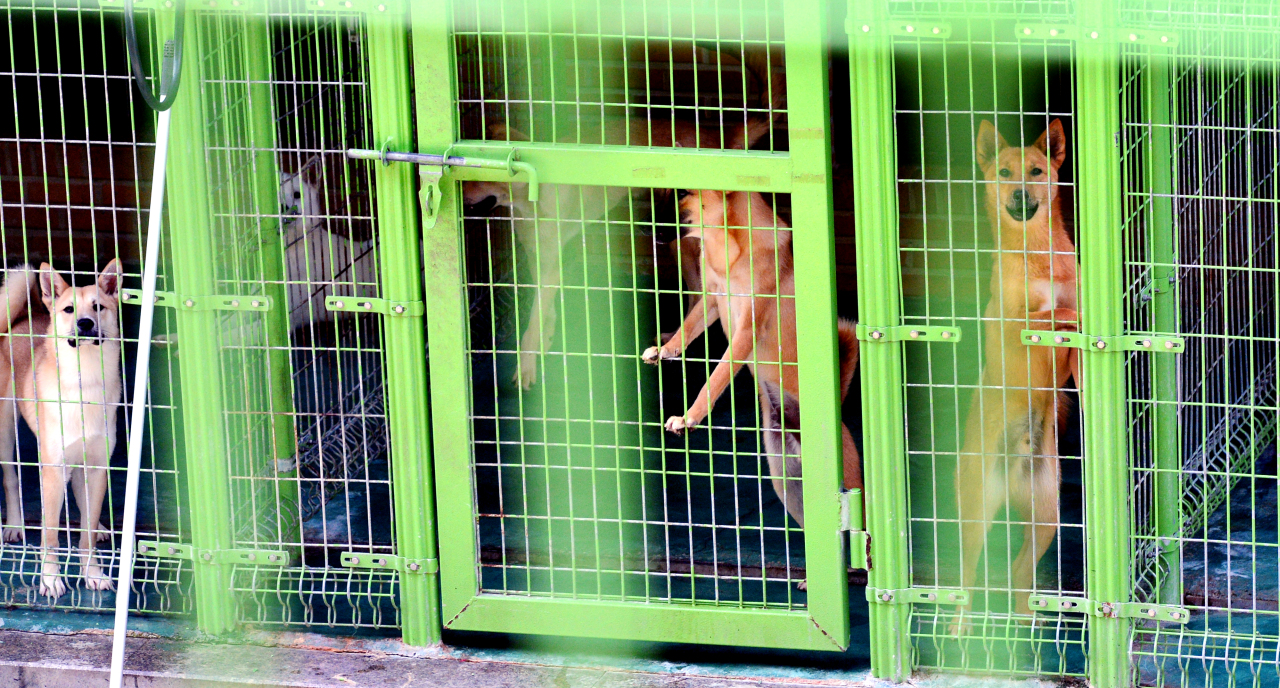
Backlog of dogs waiting for flights
Unlike Korea, many other countries have seen increased interest in dog adoption during the pandemic, according to rescue activists.
Youumbba, an animal rescue organization based in Seongnam, Gyeonggi Province, has received more inquiries about dog adoptions from abroad through its Instagram account (youumbba_adopt). Before the pandemic hit, nearly 80 percent of the group’s rescue dogs were sent to the US or Canada.
“We are receiving more direct messages from those in foreign countries,” said Park Min-hee, the organization’s adoption coordinator. “But it’s such a pity that we can’t send them. The pandemic is actually an opportune time, particularly for large dogs to meet good families.
“What we desperately need right now are flight volunteers to escort them and foster homes that can temporarily take care of the dogs until they find new families,” she said.
More than 100 rescue dogs are either staying at the organization’s headquarters or being temporarily fostered by volunteers while they await adoption, according to Youumbba.
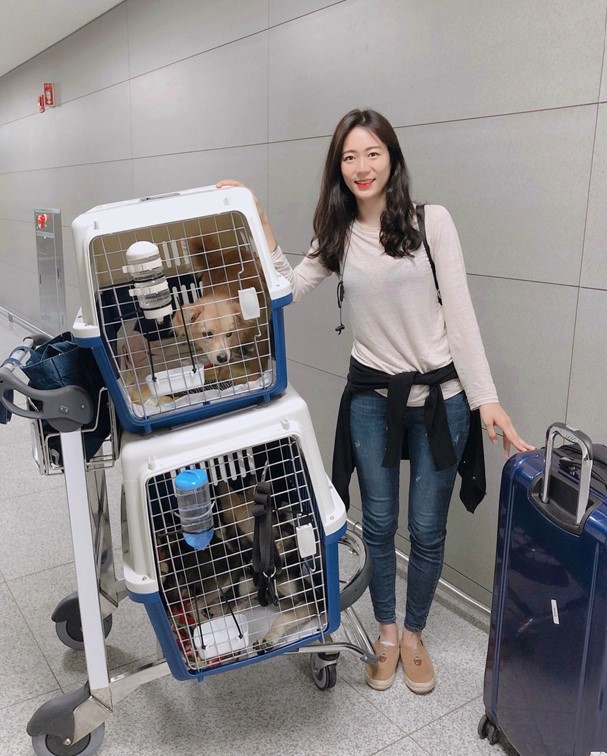
Kim Ji-won, a 29-year-old dentist based in New York, has volunteered as a flight buddy for rescue dogs for the past five years, traveling back and forth to Korea.
“In fact, flying with a dog does not disturb your travel at all,” Kim said. “When you receive the photos of the dog you will be flying with, you start looking forward to your flight and the 15-20 years of their happy life through many hands, including yours.”
Upon arrival at the destination, the flight volunteer is reunited with the dog in the baggage claims area. The volunteer and the dog are greeted at the gate by the adopter or by local rescue activists, who then take over.
“There may be someone who has never done it before, but there is no one who has only done it once. You will never know how rewarding it is to see smiling photos of the shelter dogs taken with their new family.”
By Park Yuna (yunapark@heraldcorp.com)








![[KH Explains] How should Korea adjust its trade defenses against Chinese EVs?](http://res.heraldm.com/phpwas/restmb_idxmake.php?idx=644&simg=/content/image/2024/04/15/20240415050562_0.jpg&u=20240415144419)











![[Today’s K-pop] Stray Kids to return soon: report](http://res.heraldm.com/phpwas/restmb_idxmake.php?idx=642&simg=/content/image/2024/04/16/20240416050713_0.jpg&u=)